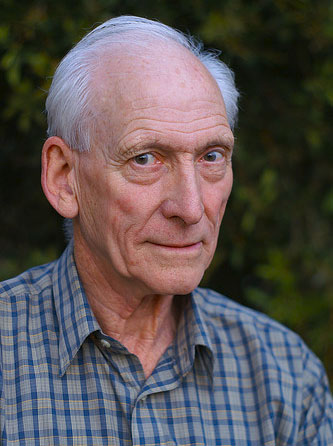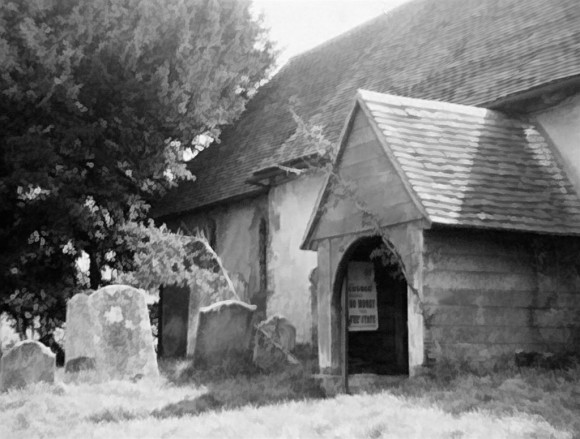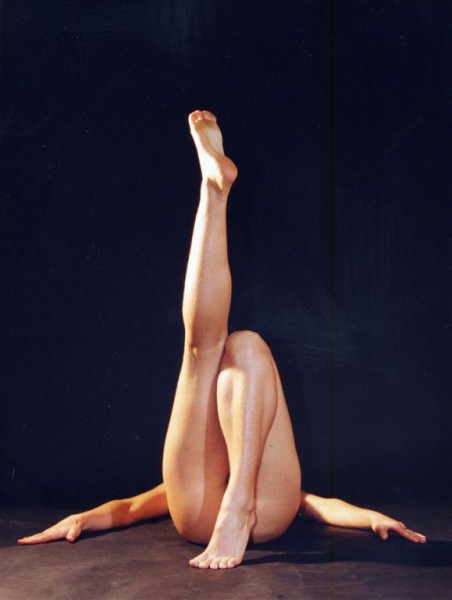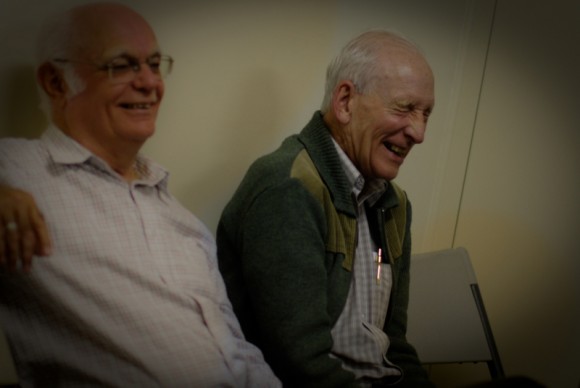It’s been a while but we are pleased to debut another WCC Member biography on Dennis Creasy. Stay tunned for another Member Spotlight in the coming months.
Dennis Eric Creasy, 1931 – 201ish or so
 Born in London, Dennis was one of a very rare vintage: 1931 was the year of the lowest birth rate ever recorded in both Britain and Australia. Surviving 250kg aliquots of HE, V1s and V2s he was finally bequeathed his mother’s Box Brownie during his last years of schooling. Hard economics set in: two rolls of “120” film = 16 exposures of 2¼ x 3¼ = One week’s pocket money. Fortunately his father was an amateur photographer so he learnt early to do his own processing (in open dishes) with the cost of chemicals “on the firm”. Developing tanks were unheard of in his household.
Born in London, Dennis was one of a very rare vintage: 1931 was the year of the lowest birth rate ever recorded in both Britain and Australia. Surviving 250kg aliquots of HE, V1s and V2s he was finally bequeathed his mother’s Box Brownie during his last years of schooling. Hard economics set in: two rolls of “120” film = 16 exposures of 2¼ x 3¼ = One week’s pocket money. Fortunately his father was an amateur photographer so he learnt early to do his own processing (in open dishes) with the cost of chemicals “on the firm”. Developing tanks were unheard of in his household.
With his second roll of film he cycled down to his old haunt where he had been a war time evacuee for a while and photographed the old Saxon church near Didling, W. Sussex, at the foot of the South Downs.
This was a church noted for having kept its head down and hence was overlooked during Henry VIII’s gold grab of 1536 to finance his many girlfriends. This effectively destroyed any vague interest Dennis may have had for bricks and mortar but not for girlfriends.
Ten years later his father bequeathed to him his “620” Kodak folding camera. Frustrated by this continued “large” format being wished on him while “everyone” else had 35mm he opened it up and glued a mask inside to give 16 half size negatives. Consequently he then had to build an enlarger.
Another decade rolled by and, in spite of the cold war, Russian cameras were in the shops. Now he had a wife, a mortgage and money in the bank! Gentlemen, he advised, should always marry a rich woman. So he splashed out on a “Zenith E”: 35mm and colour prints at last!
The “E” saw him through the next 1½ decades and into Australia. But by now Anno Domini had caught up with him and his arms had grown too short for him to be able to read his slide-rule (Slide-rule? What the hell’s that?) let alone focus his camera.
Fortunately for his coronary and blood pressure, autofocus widgets were appearing in the shops and in 1986 a quick trip back to Britain facilitated the duty free acquisition of an autofocus Minolta 7000 and extra lenses. Right up until the death of film, the 7000 never gave him the slightest trouble.
Being an old fashioned “see the wheels go round” engineer, Dennis did not welcome the advent of the digital age. So much so that he retired early to avoid having to use the ghastly electronic widget with which his employer insisted on decorating his desk. Rumour has it that he was latterly in possession of some form of digital Sony gadget which enabled him to use his 7000 lenses. However, he professed to the very end that until he had confined the progeny of his 1469 rolls of film safely into albums he had no intention of getting involved with “all this new fangled digitry”.
In order to preserve a level of insanity he took up playing cards and also became a rowing coach.
In mid 1992 a portrait of WCC then President, Marcia Brown, appeared in the local rag and he immediately applied to join the club. By 1996 he had graduated to Club secretary and also succeeded Christine Anfried as Newsletter editor for several years (with the able assistance of Prue McColl) In 2005 the WCC held an exhibition at the Highway Gallery and beside his two offerings was Epitaph 1:
“Dennis Creasy is a retiring retired engineer. He is very selfish and takes snaps purely for his own personal erotic pleasure with no interest whatever in what others may think. Those who view his images must be prepared to put their own brains into gear if they wish to get anything out of them”.
Eventually he joined that noble band of A Graders. Not, he would hasten to point out, because he was a good photographer but because, like any devious student, he read the (then) rules and then religiously applied them. His mental state declined as he lamented the mutation of the Newsletter to the Blog and he appeared not to have had a remission. He had always hoped that one day he would have had his own private studio in his home and taken pictures of women which they would one day have been proud to show to their grand-daughters.
“The report of his death was an exaggeration” (with apologies to M. Twain) but he will leave a wife, four children and ten grandchildren.
Epitaph 2: “Come back hard copy; all is forgiven!”


